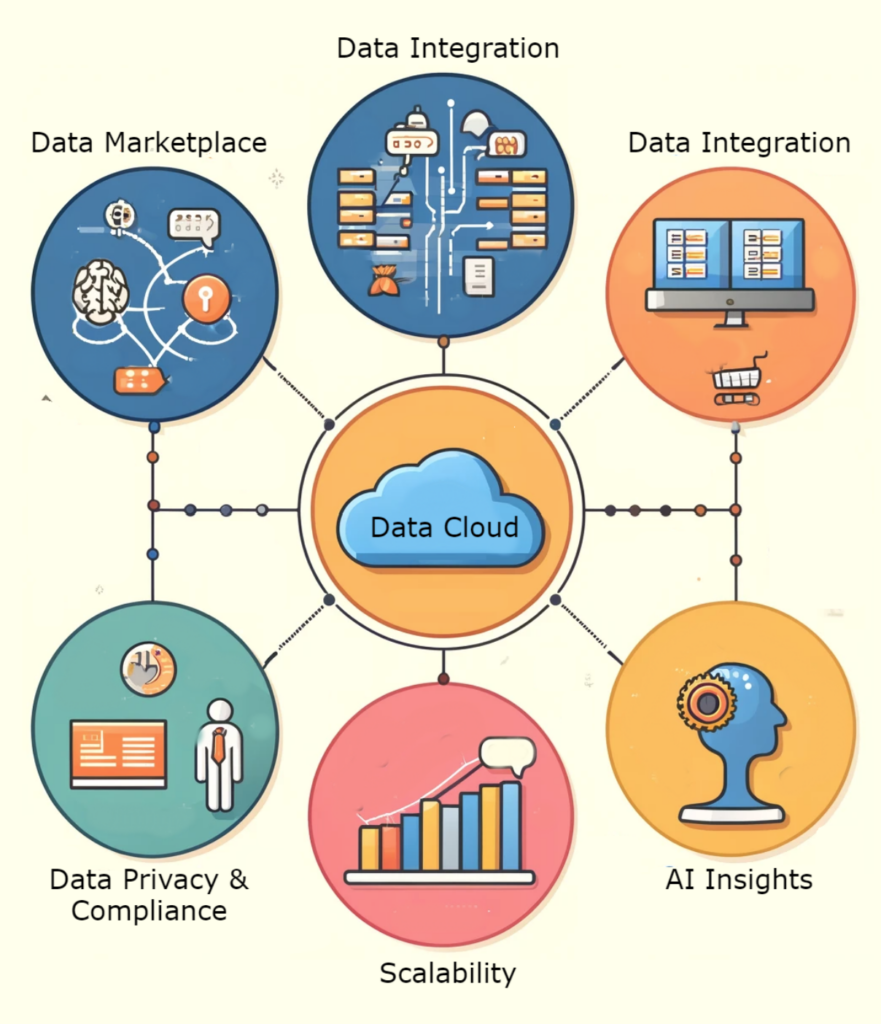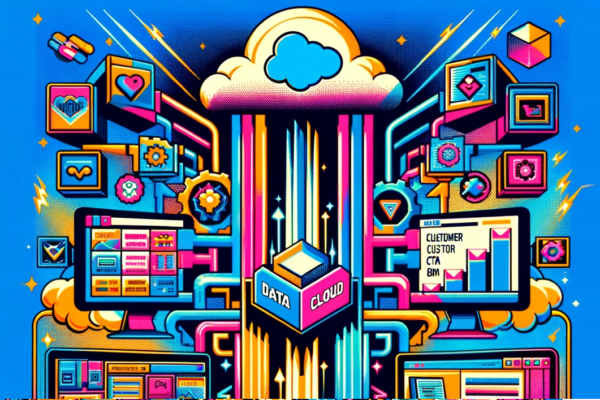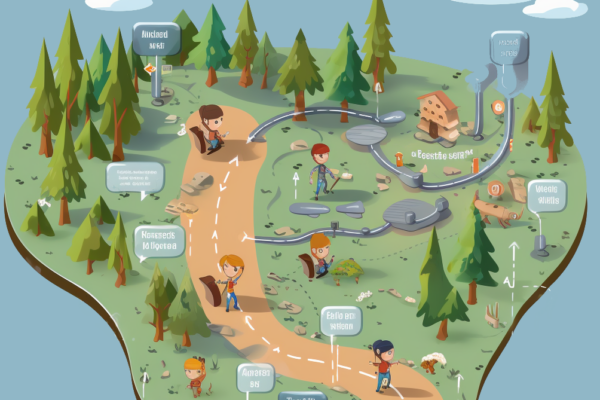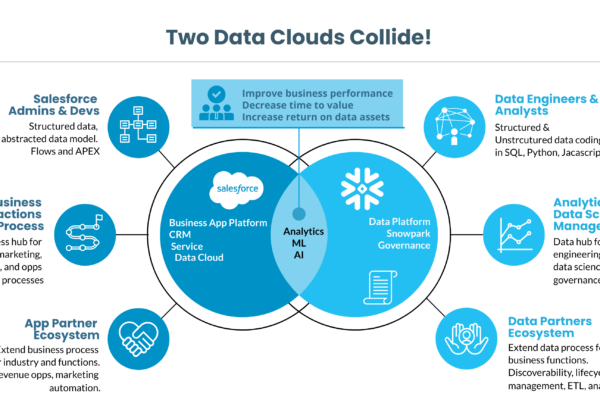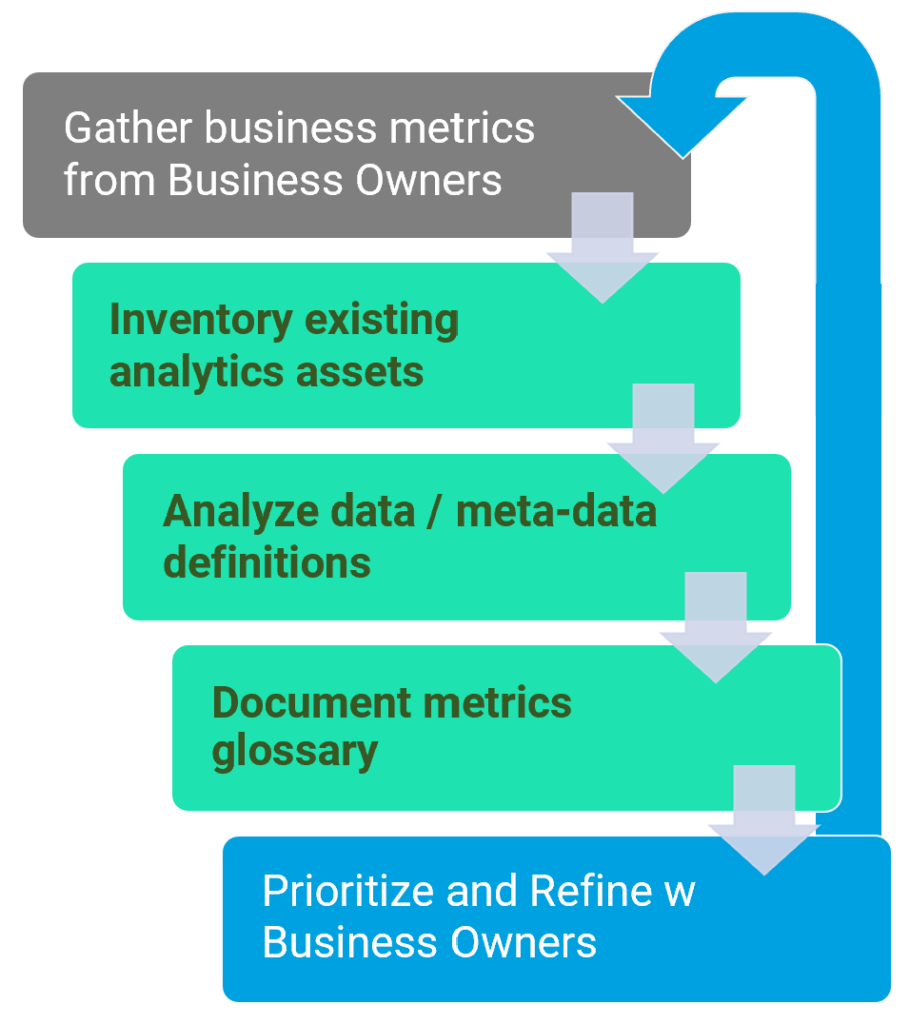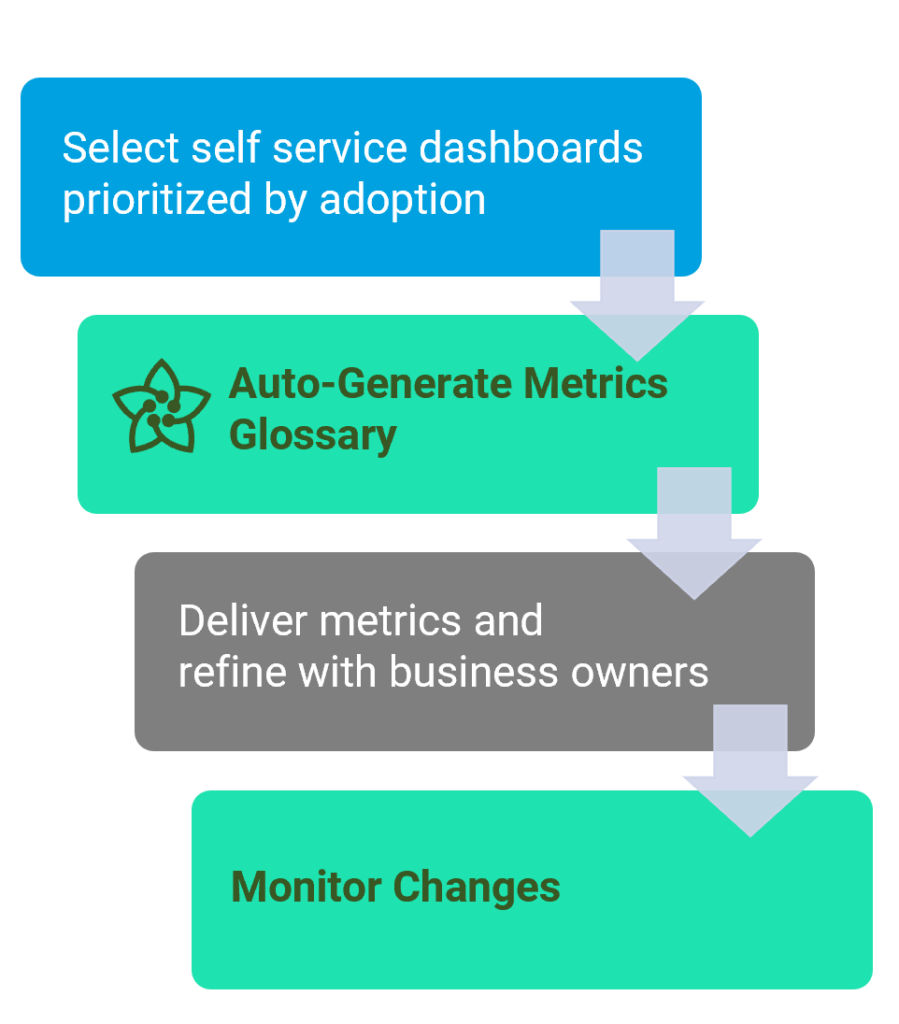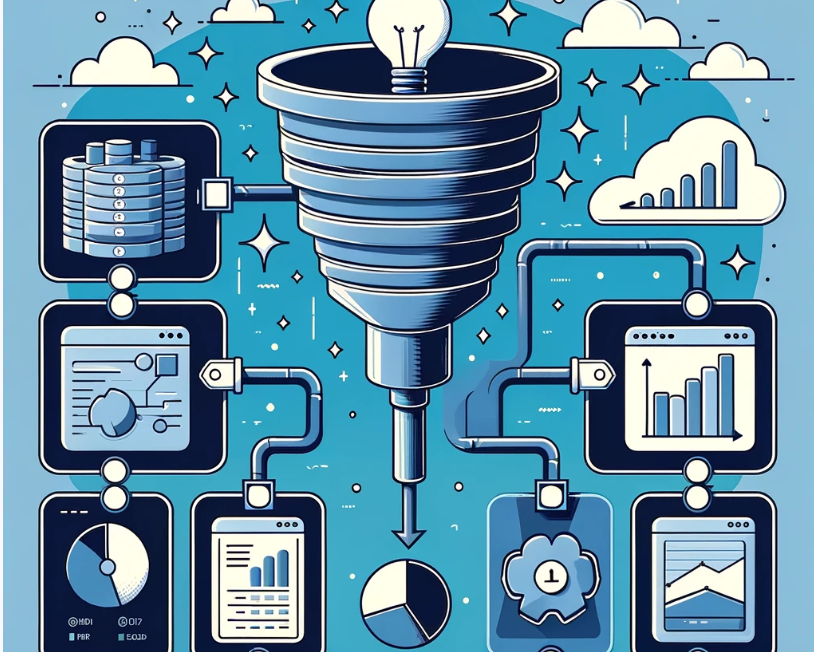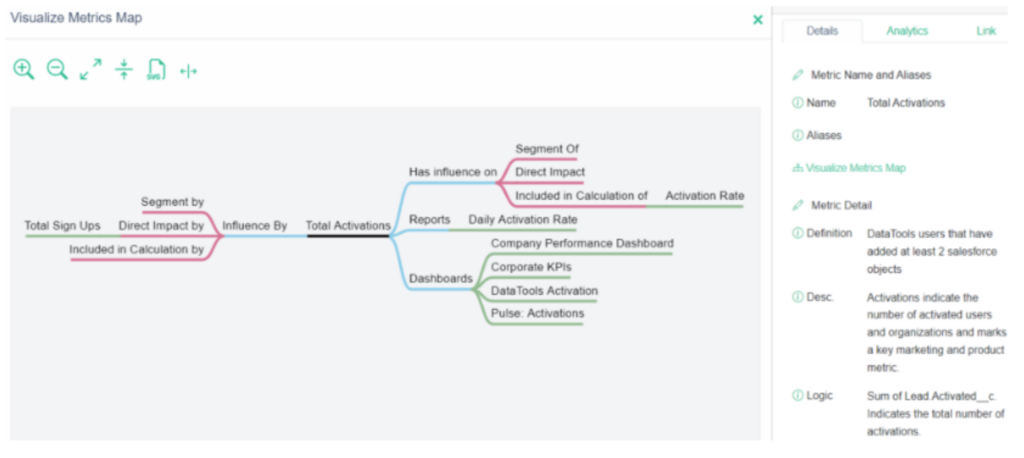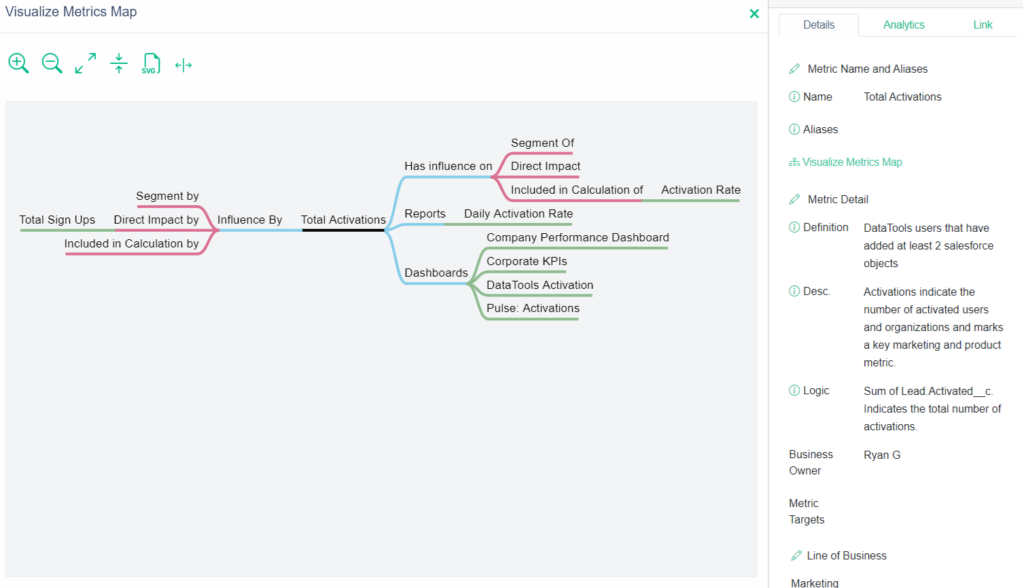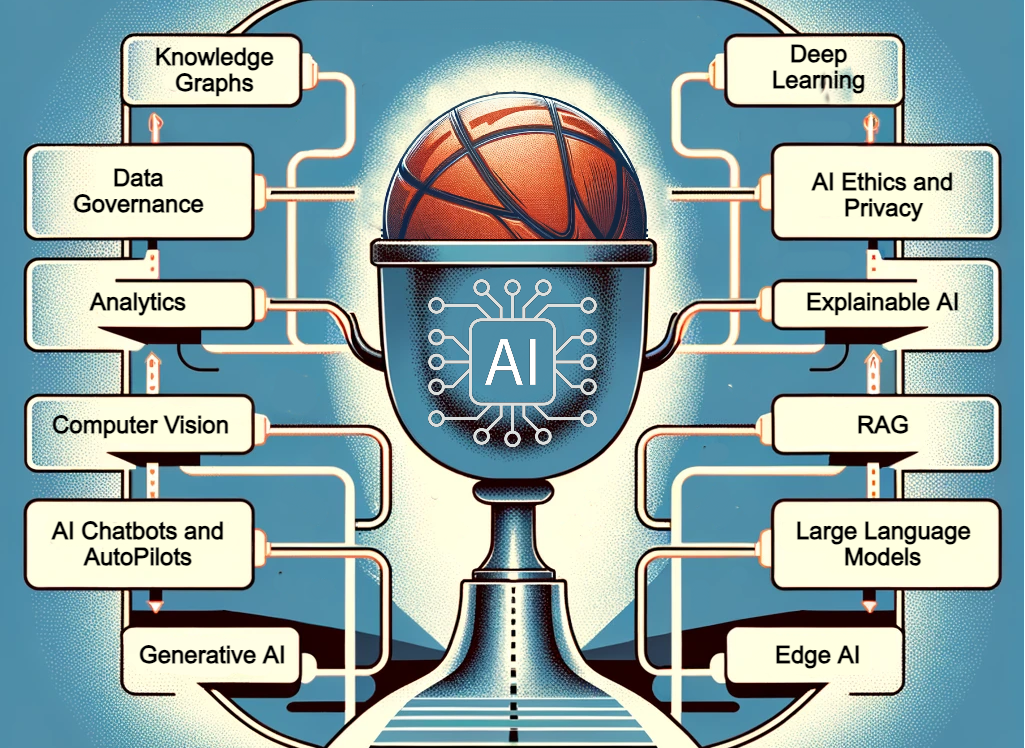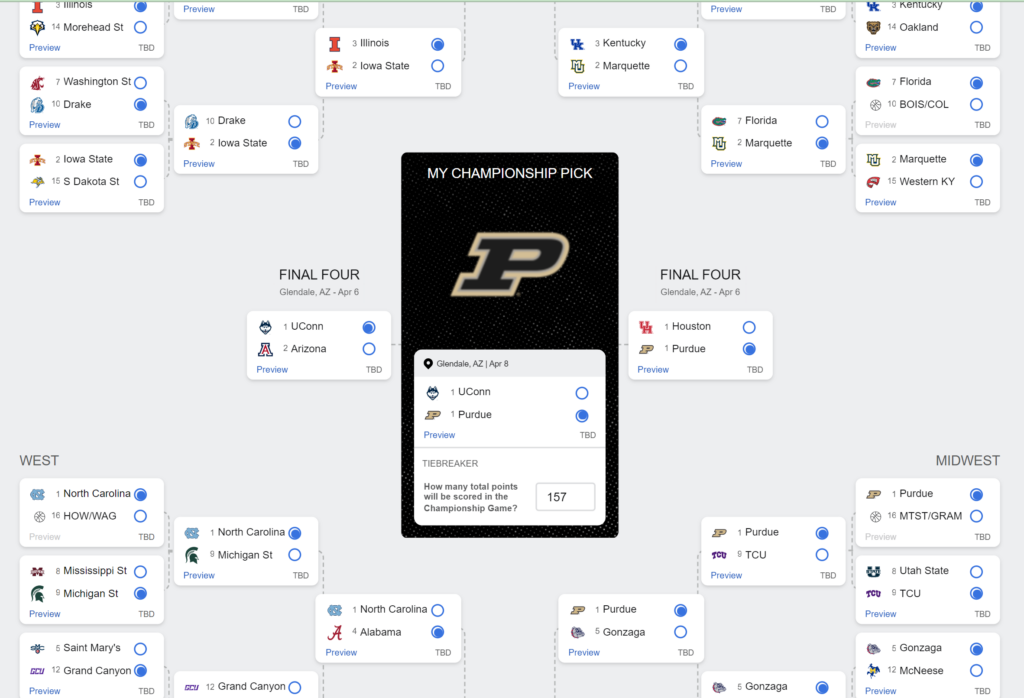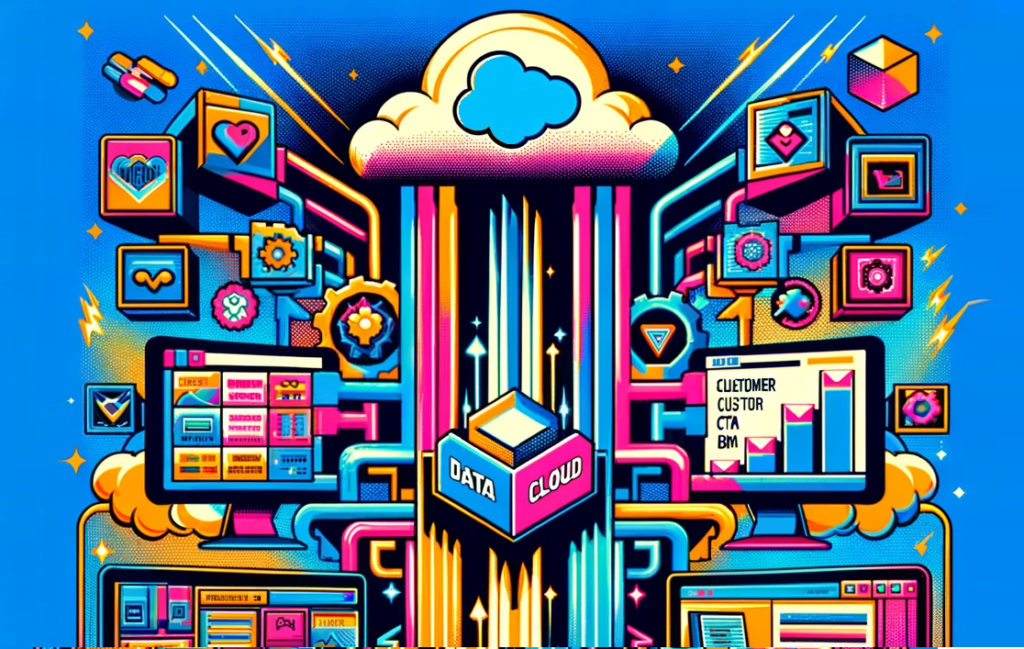
Ensuring accuracy, consistency, and reliability in business metrics
Metrics governance refers to the systematic approach to managing and maintaining the accuracy, consistency, and reliability of metrics used within an organization. It is crucial for achieving data-influenced decisions by ensuring that the metrics used in reports and dashboards accurately. Without metrics governance, organizations often encounter inconsistent reports, leading to confusion and mistrust in the data. This article explores how the “single source of truth” problem is best addressed by governance process.

Why Metrics Governance is difficult?
Metrics governance is difficult mostly because it is a cross organizational problem relying expertise, understanding, and distribution of knowledge regularly across teams. Getting data governance right is tough enough! Modeling data and applying business rules to understand results and outcomes adds another layer of complexity. Typically this complexity is inherited by professionals responsible for creating business intelligence and operational reports. Your metrics and KPIs that drive your organization are extremely important. The reality for many growing enterprises is metrics definitions live scattered across teams, documents, and technology applications. Every business has to make the right decision where to implement a glossary of metrics but there is no shortage of great technology solutions to put those definitions into motion:
- BI and Analytics tools like Tableau Pulse let analysts build a library of metrics
- Data development platforms like DBT provide a semantic layer to code and manage definitions, including metrics
- Google Analytics has built-in metrics and standardized definitions into the core application
These 3 examples are typically managed by different teams highlighting where gaps can occur thus providing the inspiration for the graphic for this post. We believe in a federated approach to analytics is effective but a centralized repository of metrics definitions is needed not only to improve analytics, but to improve employee onboarding and AI co-pilot training.
Metrics Governance vs. Data Governance
While metrics governance and data governance are closely related, they have distinct focuses:
- Data Governance: This involves the overall management of data availability, usability, integrity, and security within an organization. It encompasses data quality, ownership, stewardship, and compliance with data privacy regulations.
- Metrics Governance: Specifically focuses on the metrics that are definitions intended to measure business outcomes using data. It deals with the definition, standardization, monitoring, and validation of metrics to ensure they are accurate and consistent.
Metrics governance complements data governance by ensuring that the metrics used to make business decisions are based on high-quality data and are consistently applied across the organization. The key difference lies in the scope—data governance is broader, covering all aspects of data management, while metrics governance zeroes in on the metrics themselves.
Steps to Implement Effective Metrics Governance
To implement effective metrics governance, organizations you should consider these typical areas of improvement:

- Promote a Culture of Accountability and Data-Driven Decision-Making: All metrics should have business owners. Accountability and ownership of metrics and how to use them helps every team involved. This fosters a culture of accountability and ensures that decisions are based on reliable data.
- Establish Clear Definitions and Standards: Define metrics clearly and ensure that these definitions are understood across the organization. This prevents confusion and ensures consistency in reporting.
- Create a Centralized Metrics Glossary: Maintain a centralized repository of metrics to ensure consistency and easy access. This helps in tracking and managing metrics effectively. Here is a free template on: Notion Metrics Glossary Template
- Implement Data Quality Management Practices to your metrics: Ensure that the data used to calculate metrics is of high quality. This includes data validation, cleansing, and regular audits.
- Regularly Monitor and Validate Metrics: Continuously monitor metrics to ensure they remain accurate and relevant. Regular validation helps in identifying and addressing any discrepancies.
- Metrics Governance management as part of your data strategy – Understand where and how metrics are managed and deployed. Learn more about analytics strategy playbook
We would love to hear how you manage and standardize your metrics and KPIs. Our team at DataTools Pro is working on solutions to help automate the traditional metrics fact gathering and metrics glossary preparation steps!
